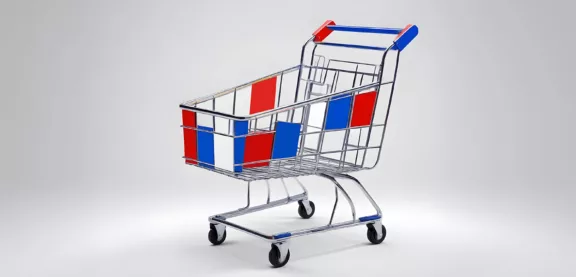SMEs and large corporations, unicorns and hidden champions, start-ups and traditional companies: the majority of companies have been busy investing in the expansion of their digital infrastructure in recent weeks and months.
This also applies to CRM systems in particular. Industry experts no longer see them as isolated software, but rather as a database embedded in the company that is an essential component of a comprehensive, positive customer experience. As CRM evolves, it will become more personalised, flexible and relevant than ever before.
What does this mean? The potential of CRM is as promising as it is diverse, as increasing automation and modern software open up new possibilities for use. While automated processes in marketing in particular help to utilise customer data efficiently and demonstrably profitably, there is still untapped potential for modern voice technology in the B2B and B2C sectors.
CRM-Trend 1: Voice Transcription
Voice systems are currently mostly integrated into a company’s technical infrastructure via calling SDKs. With the right software, incoming and outgoing calls can be transcribed in real time, a function that is particularly – but not only – interesting for the retail sector. The crux of the matter is that, like any digital customer interaction, its use must be protected under data protection law, so end-to-end encryption should be guaranteed for every use. This is not yet the case for all CRM platforms and processes.
Nevertheless, it is worth considering their implementation at an early stage, as the advantages of such transcription systems are obvious: booking and payment confirmations, as well as the documentation of purchase processes or cancellations, can be processed and filed almost automatically with the help of a well-functioning CRM system. Which brings us directly to trend number 2:
CRM trend 2: Automation
A good CRM is not a single feature, but rather the interlocking of all processes in a proper corporate IT system with well-sorted customer data – and should run through all business processes. In the best case scenario, this means that users can experience it not only digitally, but also in analogue form.
Above all, this requires the automation of interaction processes. From the personalised approach on the website to the needs-based newsletter to the personal greeting when picking up at the POS – with a good CRM, all interactions with the customer appear to come from a single source. And that’s not all: at the same time, sources of error are minimised and loyalty to the brand is strengthened.
In this way, not only marketing but also sales processes can be improved so that employees have to spend fewer resources on organising and filing data and can therefore invest more time in personal contact with the customer. This also promotes customer loyalty and the relationship with the company or brand.
Using CRM profitably
What is the difference between CRM and Customer Data Platforms? What CRM systems are available and what can they do? Are such systems associated with high costs or are they affordable for small and medium-sized companies?
We will be happy to answer all your questions about CRM or, if required, review your company’s IT with regard to the customer-centricity of your processes and teams. In this way, we can help you uncover optimisation potential and establish the best possible use of your tools. As vendor-independent consultants, we represent your interests 100% and provide you with a transparent overview of the market and its possibilities.
I was also interviewed on this topic in the 11/12 2021 issue of OneToOne.




